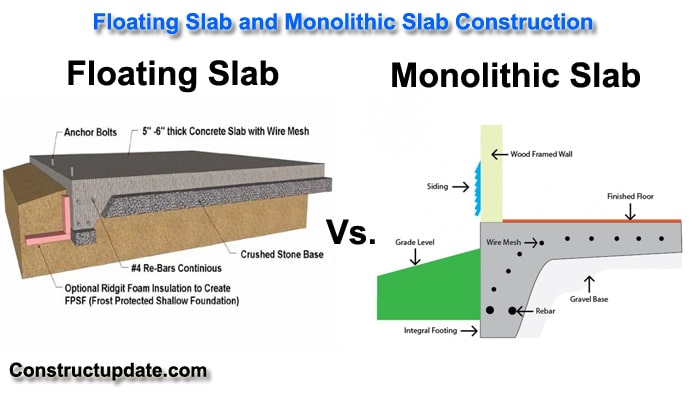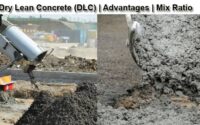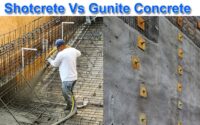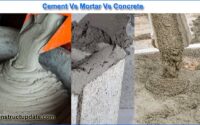Floating Slab Vs Monolithic Slab | What is Floating and Monolithic Slab
Monolithic Slab foundations are the easiest, fastest, and most cost-effective foundations available. The fact that they are poured all at once indicates that they are quick to prepare and provide a stable foundation.
Flat ground is ideal for Monolithic Slab foundations. If the ground is not flat, a considerable amount of fill dirt is required to level it; but, if the earth is not compacted properly, it can break over time.
Floating Slabs are concrete slabs that sit on the ground without being anchored as if they are floating. A floating slab resembles a plate that is simply set over water with no connection between them, as the name implies.
The most common use for floating slabs is as a foundation for sheds, manufacturing workplaces, extra living space, or garages.

What is Floating Slab:
The slab in the Floating Slab has a thicker reinforced border but no frost footings. Floating slabs get their name from the fact that they can travel over the ice line as a single monolithic unit. Depending on the needs of the project, insulation can also be applied to reduce movement due to frost.
One of the most cost-effective ways to build a foundation is to use a floating slab. A strip footing is used around the perimeter of the foundation, with a frost wall on top. The strip footing is placed below the frost line.
The cost of a Floating Slab is higher since strip footing and the frost wall require a significant amount of excavation, concrete, and labor.
The Floating Slab is the best option for building barns, but there are certain drawbacks to consider when building a home. When Floating Slabs are installed in a building, radiant floor heat can be used to provide comfort and even heating.
What is Monolithic Slab:
The name Monolithic means “all in one pour,” therefore in a Monolithic Slab construction, the foundation is made up of a layer of a concrete slab with thicker area under the load-bearing walls and all the edges of the perimeter to replace the footer in one single pour.
Because the concrete is poured all at once in a Monolithic Slab, construction is more faster and labour expenses are lower. Monolithic Slabs can be just as sturdy as Stem-Wall slabs when employed under perfect conditions.
The earth is levelled and soil is evenly dispersed throughout the land in most sub-division communities, resulting in a densely compacted area. If all of the final floor elevations are the same from lot to lot and there is a very modest slope, Monolithic Slab may be the best option.
If a number of prerequisites aren’t met when using the Monolithic Slab, serious issues can develop. When more fill dirt is required, Monolithic Slab cannot be used since the concrete is more prone to crack if the ground is not compacted sufficiently.
Monolithic Slab Vs Floating Slab
Because they have no connection to the base, floating slabs are also referred to as monolithic slabs. In some constructions, a floating slab is used as a support, and it is only after the foundation has been built that the floating slab is thrown.
In general, monolithic slabs are less expensive than floating slabs. Floating slabs are monolithic slab structured like an upside-down U, with concrete applied monolithically or in two-thirds increments. Mono pour refers to the method of construction and pouring rather than the type of foundation used in a building.
A deep foundation is required if the project is large or the earth is unstable, but a floating slab is enough and beautiful for a basic garage in good soil. The floating slab is exceedingly floaty and prone to breaking or tilting if the surrounding soil has inadequate stability or if there is normal water on the subsurface.
Slabs that float on the floor or in frost areas are known as floating slabs. In this situation, floating slabs are referred to as monolithic slabs because they have no connection to the base.





